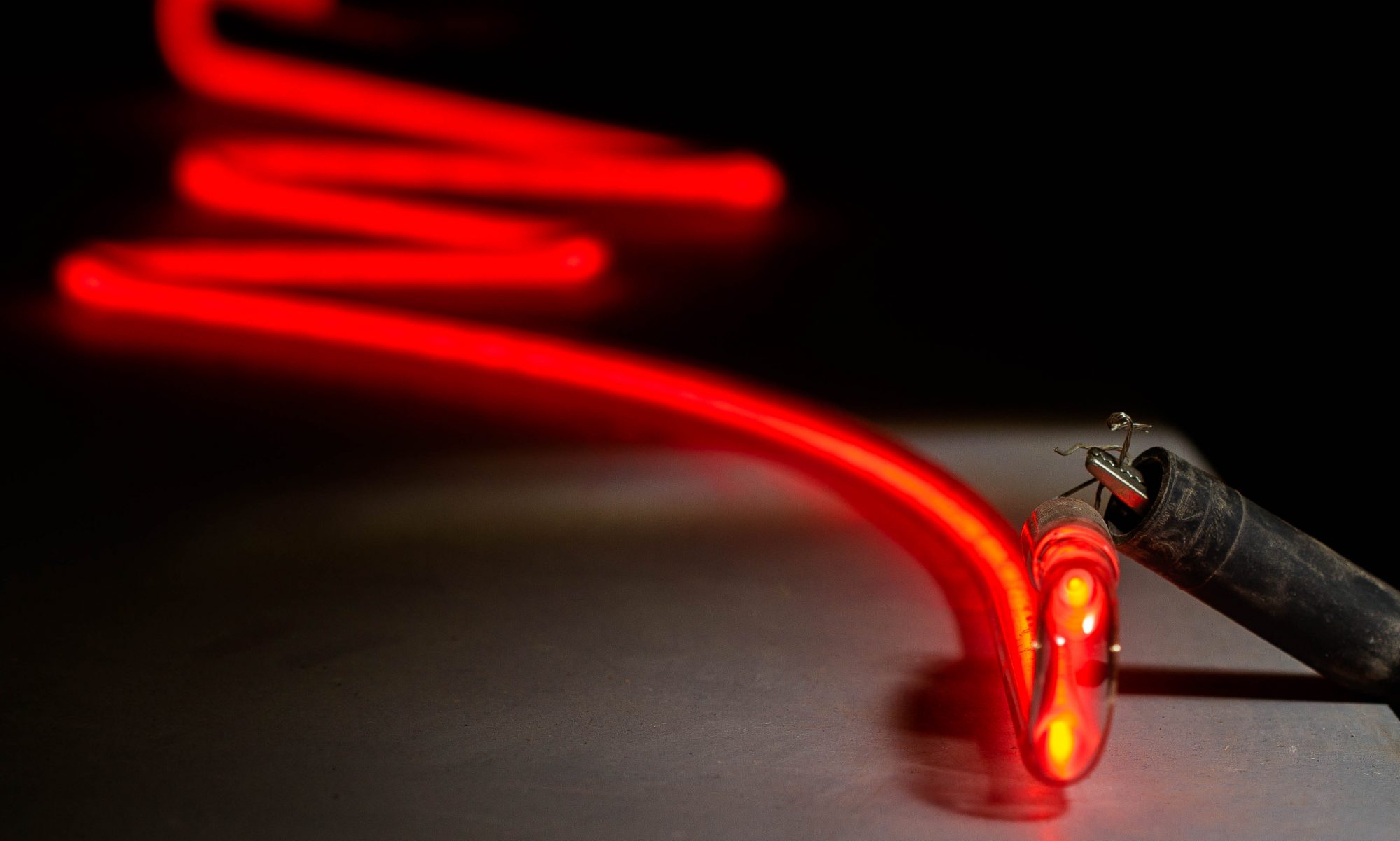
- Image by Daniel F. Pigatto via Flickr
It just happened to me again. I came into work and was greeted by the cold, grey screen that told me my PC had rebooted. Windows Update had struck again.
I've got a PC that hosts my development environment in a VM, so every time this happens, not only do I need to restart my VM (which takes for.ev.er...), I then need to wait for my VM to install the same damned update, and then reboot itself (which takes for.ev.er...). This process alone typically eats a good hour or so.
Last night, though, I was running SQL scripts -- one in my VM, and another on another PC in my cube that I use just for SQL Server. These were long-running scripts to do data migration to support testing and bug fix verifications that really need to be done asap. Both machines were dispatched by Windows Update in the middle of the scripts, and both scripts had to be restarted.
This time, I'm losing an entire day because of Windows Update.
I've only got one question: Why the hell does Windows need to reboot every single time it installs any kind of update?
I've used Ubuntu for months on end, and I've seen it install all sorts of updates; rarely did one require a reboot.
In terms of operating system enhancements, there's nothing I've wanted this badly since plug & play. I'm really trying to understand how the Windows product planners keep missing this. I'm picturing the product planning meeting: all the great minds gathered around the conference room table, and a list of enhancements up on the board. Somewhere up there, between WinFS and Internet Explorer 14 (the one that finally supports all the W3C standards), there's my bullet point: Windows Updates without reboots.
"Nope. Gonna have to pass on that this time. We need another new 3-D task switcher, so 'Updates without reboots' is just going to have to push to the next release."
Really??
I don't have the foggiest idea how many engineers are on the Windows team, but it's difficult to imagine that there isn't a spare rocket scientist somewhere who could banish this problem to the scrap heap of forgotten PC memories, right there next to QEMM where it belongs.
Back in the 90's, I used to work with a guy who started running one of the early Linux distros, and he'd brag that his Linux box had been up for six months straight, or something like that. That's fifteen years ago, folks.
Is it possible that Microsoft hasn't fixed this problem because it realizes that Windows still needs to be rebooted every once in a while even after all these years of trying to get it right?
Wouldn't that be sad?
Related articles by Zemanta
- Microsoft Patch Day March 2009 (ghacks.net)
- Windows 7 beta users to get 'updates' (news.cnet.com)
- Sysinternals Tools (componentoriented.com)


![Reblog this post [with Zemanta]](https://i0.wp.com/img.zemanta.com/reblog_e.png?w=525)
Can't you just set the auto updater to not auto-update?
I'd love to. The PC's are locked down, though, and the folks who've locked them don't seem to mind sacrificing some of my time in order to be compliant. Still, that really just forestalls the problem. Eventually, you're either not updated (vulnerable), or you're going to have to reboot.
Maybe you have an answer how to “hot” replace a loaded DLL in memory and used by more than one application without restarting the applications that have it loaded? Any hints?
That's really a fine question. As it turns out, I'm not an OS designer, but I can promise you that if I spent my days thinking about OS development, I'd have given this quite a bit of thought, because it's a pretty common problem, right?
I'd probably approach this problem by looking at what facilities already exist in the OS that might be able to help me. In Windows, you've got the Windows Volume Shadow Copy service that already manages old versions of files, so I'd probably look to see if there might be a way to leverage that capability. If you've got both the old and new versions of your DLLs, it wouldn't be a huge leap to map requests for those DLLs to either the old or the new file, depending on which one was loaded in the first place.
I'm sure that in practice, there are all sorts of complications to deal with, but I guess my point is that as a consumer, I'd rather have the OS guys thinking about OS problems like this, rather than finding new ways to make my windows dance when I press CTRL-ALT-BackSpace-Tab-F1.
That's really a fine question. As it turns out, I'm not an OS designer, but I can promise you that if I spent my days thinking about OS development, I'd have given this quite a bit of thought, because it's a pretty common problem, right?
I'd probably approach this problem by looking at what facilities already exist in the OS that might be able to help me. In Windows, you've got the Windows Volume Shadow Copy service that already manages old versions of files, so I'd probably look to see if there might be a way to leverage that capability. If you've got both the old and new versions of your DLLs, it wouldn't be a huge leap to map requests for those DLLs to either the old or the new file, depending on which one was loaded in the first place.
I'm sure that in practice, there are all sorts of complications to deal with, but I guess my point is that as a consumer, I'd rather have the OS guys thinking about OS problems like this, rather than finding new ways to make my windows dance when I press CTRL-ALT-BackSpace-Tab-F1.